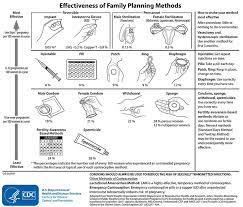
Background: Long-acting reversible contraception (LARC), including intrauterine devices (IUDs) and contraceptive implants, are highly effective, reversible methods of contraception. Providing LARC methods during the postpartum period is important to support contraceptive choice, and to prevent unintended pregnancy and short interpregnancy intervals. Delaying offering contraception to postpartum people until the first comprehensive postpartum visit, traditionally at around six weeks postpartum, may put some postpartum people at risk of unintended pregnancy, either due to loss to follow-up or because of initiation of sexual intercourse prior to receiving contraception. Therefore, immediate provision of highly effective contraception, prior to discharge from hospital, has the potential to improve contraceptive use and prevent unintended pregnancies and short interpregnancy intervals.
Objectives: To compare the initiation rate, utilization rates (at six months and 12 months after delivery), effectiveness, and adverse effects of immediate versus delayed postpartum insertion of implants and IUDs for contraception.
Authors’ conclusions: Evidence from this updated review indicates that immediate postpartum insertion improves the initiation rate of both contraceptive implants and IUDs by the first postpartum visit compared to delayed insertion. However, it is not clear whether that there are differences in utilization rates at six and 12 months postpartum. We are uncertain whether there is any difference in the unintended pregnancy rate at 12 months. Provision of progestin-releasing implants and IUDs immediately postpartum may have little or no negative impact on breastfeeding. However, the expulsion rate of IUDs and prolonged vaginal bleeding associated with immediate implants appears to be higher.
link for study:https://www.cochranelibrary.com/cdsr/doi/10.1002/14651858.CD011913.pub3/full
Today’s Deals on Amazon











